Classic or modern CV
Whether the classic or modern resume (CV) - this question arises for applicants when preparing their application documents. The resume is essential. It gives your potential employer a first impression of you and shows your qualifications, experiences, and skills at a glance. A well-structured and appealing resume can make the difference in whether you are invited to an interview or not. That is why the answer to the question of whether the resume should be classic or modern should be optimally tailored to the desired company and industry.
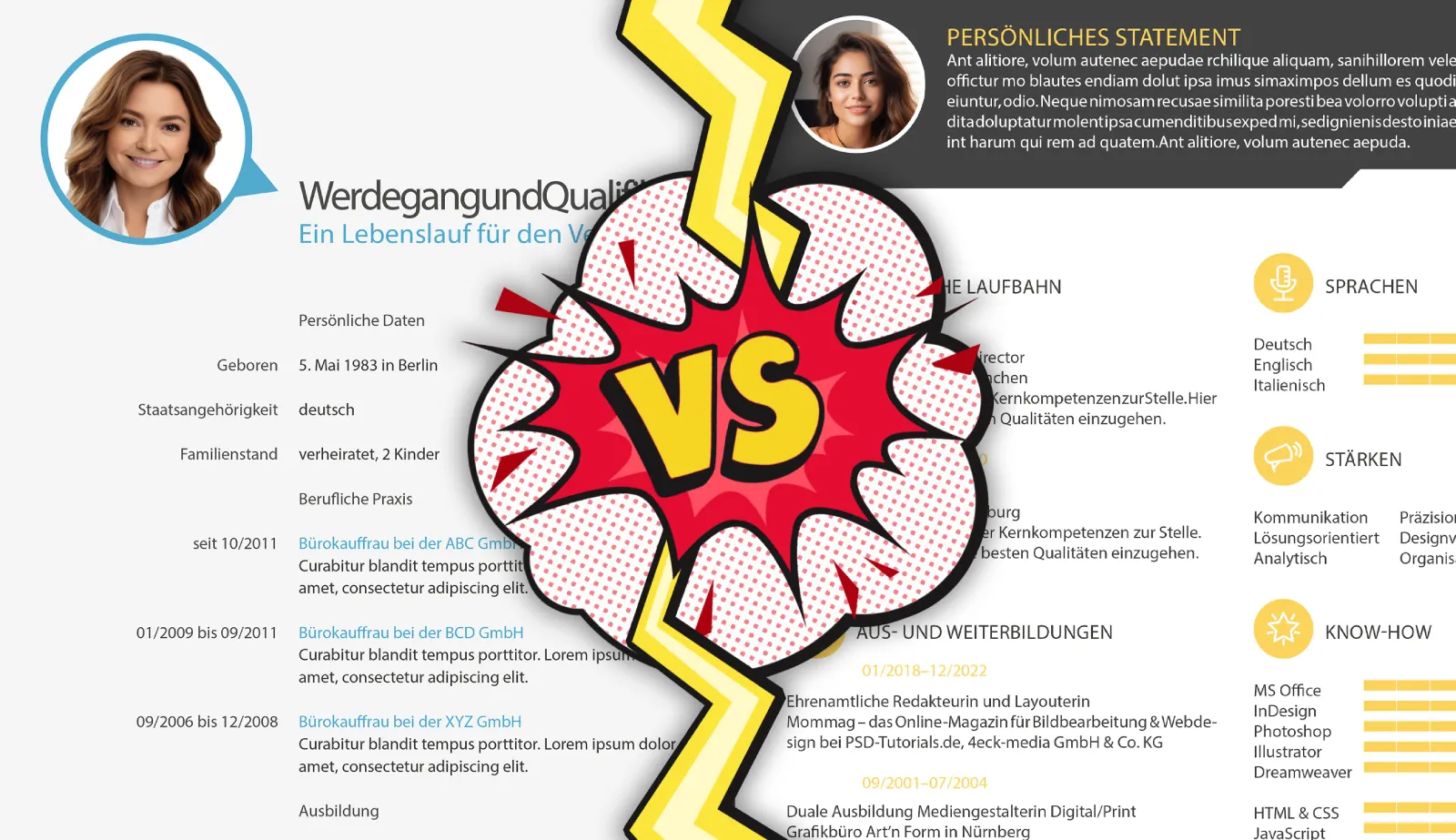
When creating your resume, you are faced with the choice between a modern and a classic format. Both have their own features and advantages. The decision often depends on the industry you are applying to and how you want to present yourself best. In the following sections, we will detail the differences and advantages of the two types of resumes to help you choose the appropriate format.
Table of Contents
What is a classic resume?
A classic resume is the traditional form of the resume that has proven itself over decades. It follows a clear and structured order that allows the reader to quickly grasp all the important information.
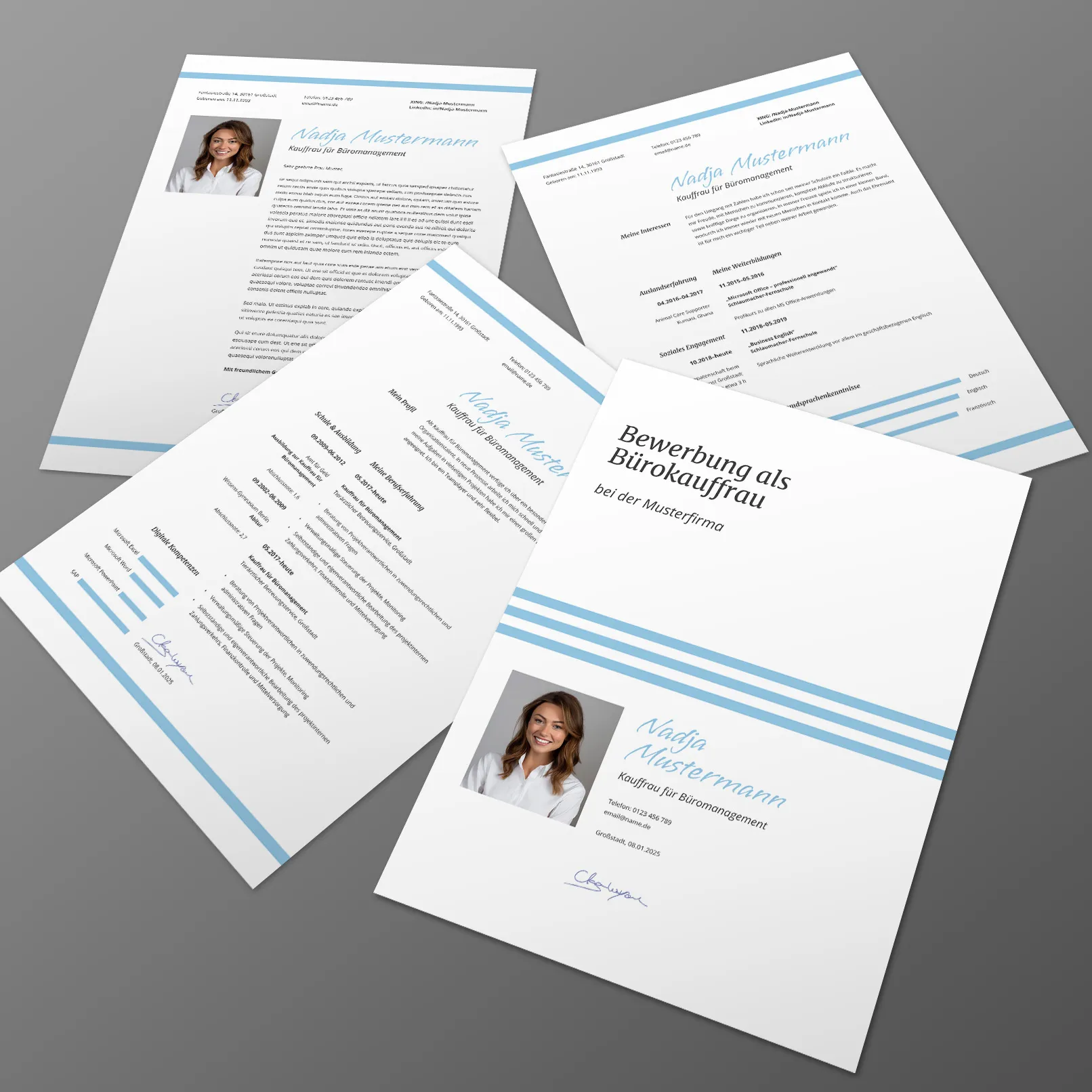
Characteristics of the classic resume
A classic resume is usually divided into the following sections:
- Personal Information: Name, address, telephone number, email address, and date of birth.
- Work Experience: Listing of previous professional experiences in reverse chronological order, starting with the current or last position.
- Education: Details of your educational background, also in reverse chronological order.
- Skills: Relevant skills and knowledge, such as language skills and technical abilities.
- Hobbies and Interests: Optional section that provides insights into your personality and interests outside of work.
Advantages of the classic resume
- Clarity: The clear structure makes it easy to find the most important information quickly.
- Traditional Format: In many conservative industries and companies, the traditional format is preferred.
- Acceptance: The classic resume is immediately recognized and understood by most HR professionals.
Here are some examples and visual templates for classic resumes:
- Simple Layout: A minimalist design with clear font and distinct separation of individual sections.
- Tabular Form: A resume in tabular form that provides all the important information at a glance.
- Detailed classic resume: A more detailed resume with additional information on projects and responsibilities in previous positions.
These examples and templates help you create a professional and appealing classic resume that is well-received in conservative industries.
What is a modern resume?
A modern resume differs from the classic resume through its creative and often unconventional design. It places great emphasis on visual elements and individuality to stand out from the crowd.
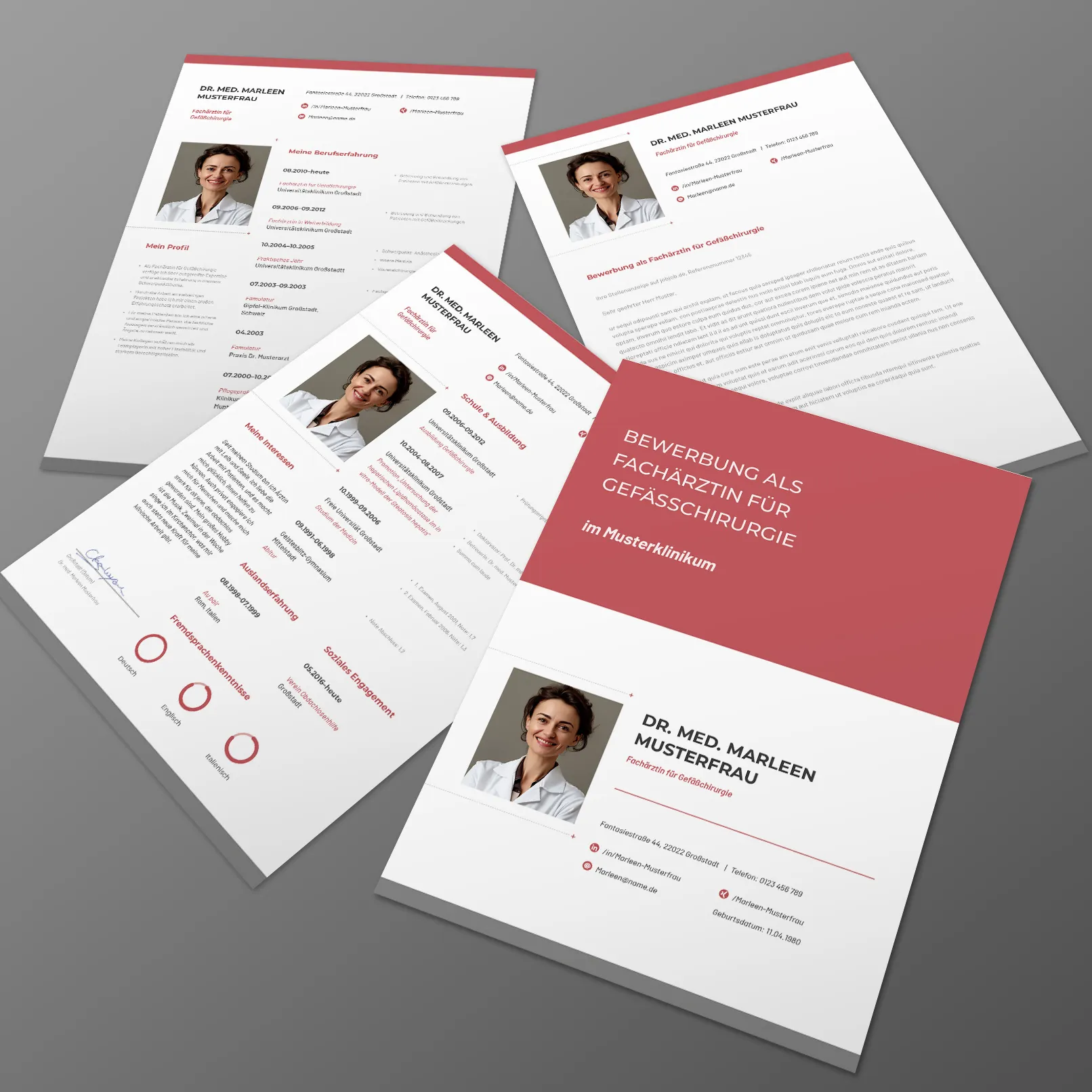
Characteristics of the modern resume
A modern resume can include the following elements:
- Creative Design: Use of infographics, colors, and innovative layouts to visually present information in an appealing way.
- Unconventional Layouts: Breaking traditional formats with asymmetrical designs, different fonts, and graphic elements.
- Focus on Individuality and Creativity: Highlighting your unique skills and personality through a creative design.
Advantages of the modern variant
- Eye-catching: Due to the creative design, a modern resume immediately catches the eye and stays memorable.
- Individuality: The resume can better reflect your personality and creativity.
- Suitable for creative industries: In industries like design, marketing, or media, a modern resume is often preferred.
Here are some examples and visual templates for modern resumes:
- Infographic Resume: Using charts and graphics to visually represent skills and experiences.
- Colorful Resume: Using colors to differentiate various sections and make the resume visually appealing.
- Unconventional Layout: A creative layout with asymmetrical designs and unique fonts that immediately grabs attention.
These examples and templates will help you create a modern resume that is particularly well-received in creative industries and emphasizes your individuality.
Advantages and Disadvantages of Both Resumes
Both resume formats, the classic and the modern resume, have their own strengths and weaknesses. The choice of the right format depends on various factors such as the industry, the position, and personal preferences.
Examples of Situations Where the Classic Variant is Preferred
- Traditional Industries: In industries like finance, law, or administration, a classic resume is often preferred as it conveys seriousness and professionalism.
- Large Companies: Companies with established HR departments and standardized application procedures tend to prefer traditional resumes.
- Conservative Corporate Culture: Companies that value tradition and stability appreciate the clarity and reliability of a classic resume.
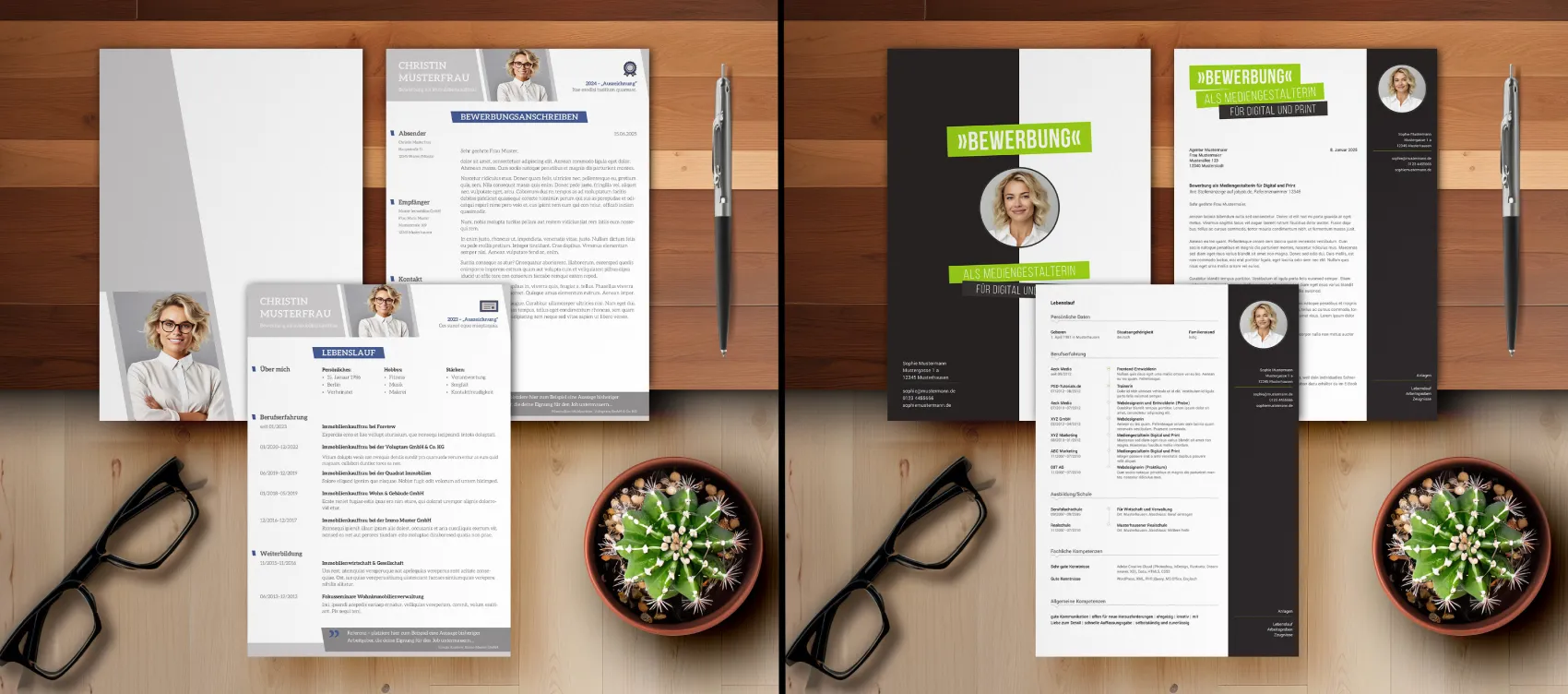
Examples of Situations Where a Modern Variant is Advantageous
- Creative Industries: In fields like design, marketing, advertising, or media, a modern resume can highlight your creativity and innovation.
- Start-ups and Modern Companies: Companies that focus on innovation and dynamism often appreciate the individuality and fresh approach of a modern resume.
- Positions with Focus on Creativity and Design: For roles that require creativity and aesthetic sense, a modern resume can showcase your skills more effectively.
By weighing the advantages and disadvantages of both resume formats and considering the specific requirements of the position and industry, you can make the best decision for your application.
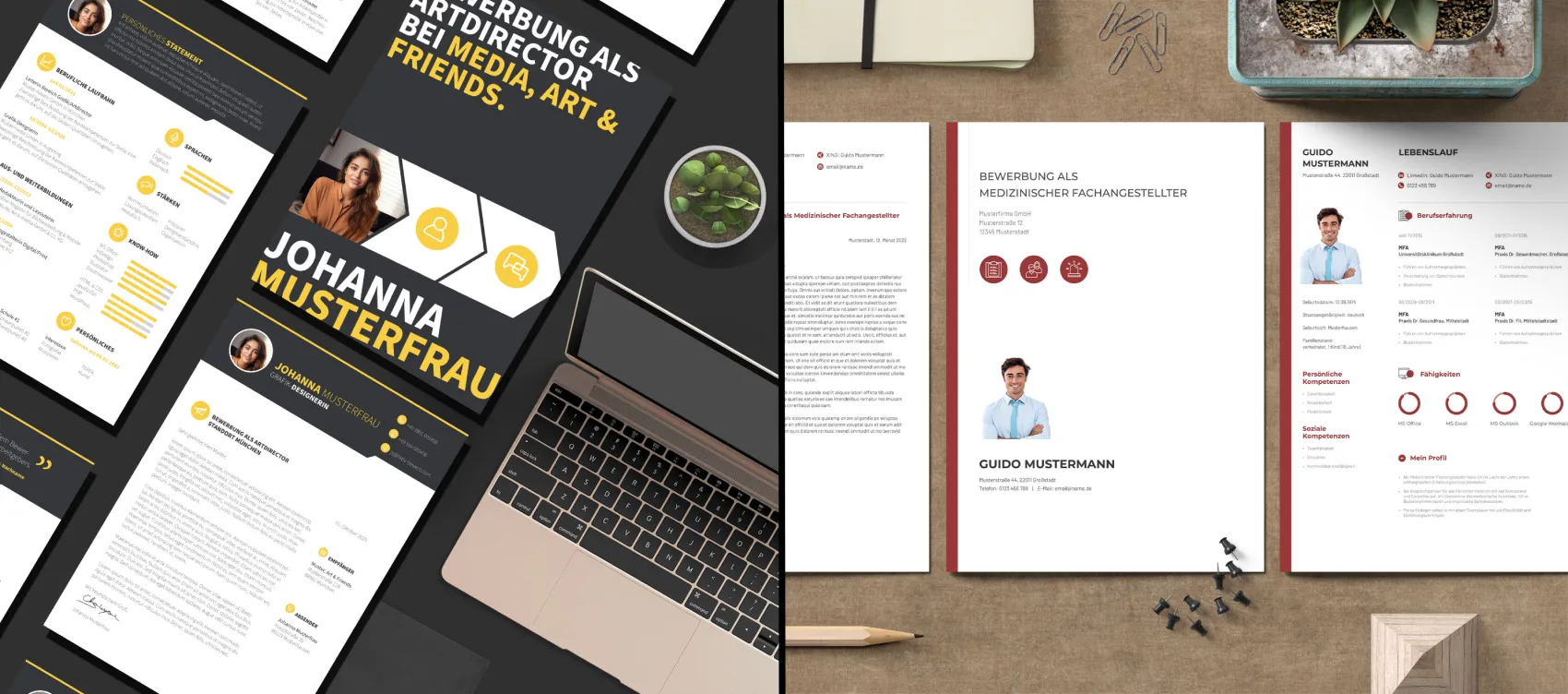
Decision-making Aids
To make the optimal choice of the right resume, consider your industry, your desired position, and also the corporate culture at your potential employer. Here are some practical tips that can help you make the decision.
Tips for Choosing the Optimal Application
- Industry: In conservative industries like finance, law, or administration, a classic resume is often the better choice. These industries value a clear structure and traditional formatting. In creative industries like design, marketing, or media, on the other hand, you can score with a modern resume that shows your creativity and innovation.
- Position: For leadership positions and higher management roles, a classic resume often works well as it conveys professionalism and experience. For creative or innovative roles, a modern resume can better highlight your specific skills and ideas.
- Corporate Culture: Inform yourself about the corporate culture of the potential employer. Conservative companies usually prefer classic resumes, while young, dynamic firms are often open to creative and modern formats.
Importance of Adapting to the Job Description
It is important to tailor your resume to each job listing. Make sure to highlight the qualifications and experiences required in the job posting. Use keywords from the job ad to ensure that your resume is easily found in application software systems. A tailored application shows the employer that you have understood the job requirements accurately and are applying purposefully.
Recommendations for Combining Both Styles
A combination of classic and modern resumes can utilize the advantages of both formats. You could maintain a clear and structured base while adding visual elements like color accents or infographics to highlight important information. This can be especially useful when applying to a modern company that still values professionalism.
By carefully tailoring your resume to each application situation and incorporating both classic and modern elements, you can maximize your chances of getting an interview invitation.
Conclusion: Classic or Modern Resume
The choice between a classic or modern resume depends on the industry, position, and company culture. Both formats have their advantages and should be carefully weighed depending on the application situation.
A classic resume scores with clear structure and clarity and is particularly appreciated in conservative industries and at traditional companies. It conveys professionalism and reliability, which is still very important in many areas.
In contrast, the modern resume stands out with creative design and individuality. In creative industries and modern companies, it can better showcase your skills and innovation. The use of colors, infographics, and unconventional layouts can help highlight your resume from the crowd.
It is crucial that you always tailor your resume to the respective job posting. A customized application shows the employer that you have fully understood the requirements of the position and are applying purposefully. A combination of both styles can also make sense. A classic layout, complemented by modern visual elements, can convey both professionalism and creativity.
By understanding the pros and cons of both resume formats and using them according to the application situation, you increase your chances of success in the application process. A well-designed resume is an important step towards your dream job.
Gift: Free Classic Resume Template
If you have read this article, it means that you care about your resume and application. We appreciate people who pay attention to details and value a professional presentation. Just for you, we have prepared a special gift.
Here is the link to download a free, professional, and universal template for a classic resume. No annoying sign-ups, no hidden costs – just click and download:
In this archive, you will find various templates that you can easily edit in the most common programs: Adobe InDesign, Microsoft Word, and Serif Affinity Publisher. These templates will help you design your resume clearly and attractively, and prepare you optimally for your next application.
We wish you success in your application process and hope that this template helps you secure the job of your dreams.
From Vitalii Shynakov
